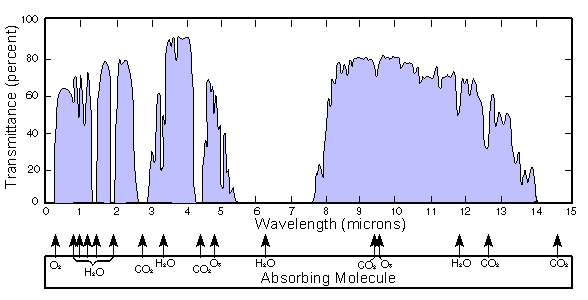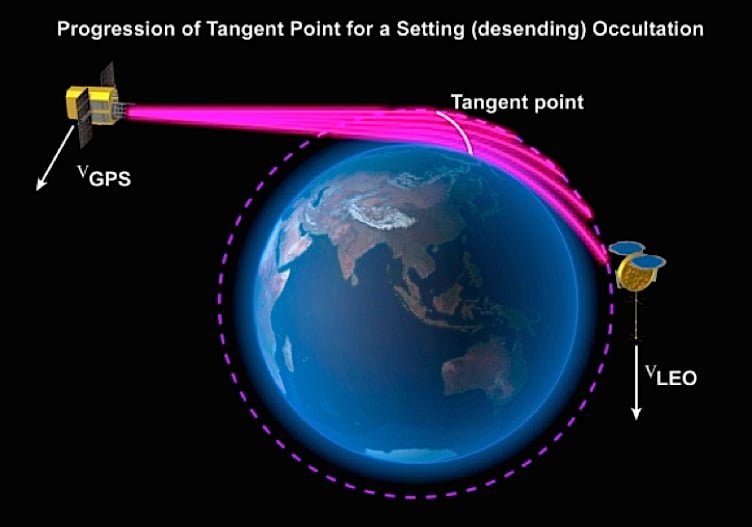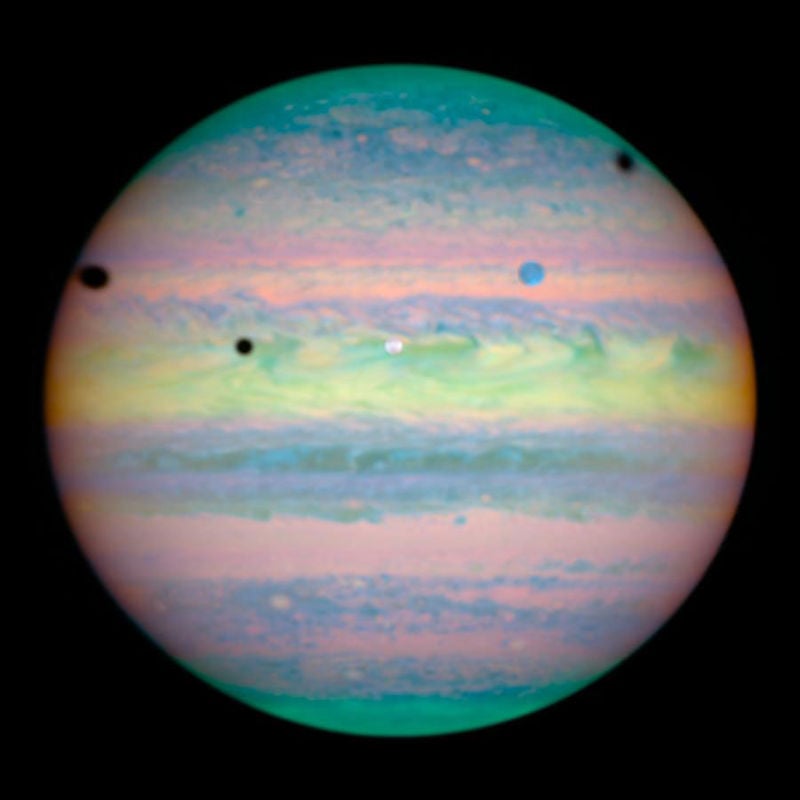The Voyager spacecraft have been
exploring our solar system for the last four decades. As their
40th-anniversary approaches, AAC has been taking a weekly look at the
experiments and engineering that made this incredible feat possible.
To
honor the upcoming 40th anniversary of the Voyager missions, All About
Circuits is exploring the extraordinary engineering that went into
developing these spacecraft.Check out the other articles in this series below:
This week, series coordinator Mark Hughes will guide you through the infrared, ultraviolet, and radio science experiments the Voyager missions were equipped to conduct.
Light and Radio Science
Photons generated in the photosphere of the sun cover a broad range of energies and wavelengths. The photons leave the sun and travel in all directions until they encounter the atoms and molecules in the atmosphere or on the surface of planets and their moons. Certain wavelengths are reflected, other wavelengths are transmitted, and some wavelengths are absorbed and re-emitted as longer wavelengths.By comparing the intensities of transmitted and reflected light at specific wavelengths through the atmosphere of planets, scientists can determine the composition and relative quantities of atoms and molecules present in the atmosphere and soil. Scientists can also use this information to determine the energy balance of a planet or moon.

Atmospheric absorbance at various wavelengths
By observing the light or radio waves that pass through the atmosphere of a planet or satellite during occultation (when the body of a planet blocks a direct view of the spacecraft), scientists can determine a great deal about the quantity and types of atoms and molecules present in the atmosphere.

Image of radio occultation. Image courtesy of EUMeTrain
The Infrared Interferometer, Spectrometer, and Radiometer
Infrared light is electromagnetic energy that is just outside the visible spectrum for humans. The wavelength of the photons is a bit longer and the energies are a bit lower than those of red light. It is useful to scientists because there is a strong correlation between the peak infrared wavelength and the temperature of an object.The Infrared experiments aboard the Voyager Spacecraft had several stated goals:
- Measurement of the energy balance of the planets;
- Studies of the atmospheric compositions of the planets, Titan, and other satellites;
- Temperature, structure, and dynamics of the atmosphere;
- Measurements of composition and characteristics of the surfaces of clouds and aerosols;
- Studies of the composition and characteristics of ring particles and the surfaces of those satellites the instrument will observe.

False color image of Jupiter taken in near infrared light. Image courtesy of NASA, ESA, and Erich Karkoschka (University of Arizona)
According to the Voyager Backgrounder (PDF): "The instrument provides broad spectral coverage, high spectral resolution, and low noise-equivalence-radiance through the use of dual interferometers. That and the variable resolution of the instrument, as well as the precision of the radiometer, will allow scientists to acquire information about a wide variety of scientific questions concerning the atmospheres of the planets and satellites, local and global energy balance, and the nature of satellite surfaces and the rings." The instrument utilizes two fields of view: the Cassegrain telescope and the solar calibration.
Radio Astronomy Investigation
The Deep Space Network antennas that transmit and receive data from the Voyager spacecraft operate at frequencies in the GHz range and are capable of detecting frequency variations that are a fraction of a hertz. As radio waves are transmitted from the Earth to the spacecraft, they are Doppler corrected for the movement of the spacecraft, as well as the movement of Earth. As the radio waves travel through space to reach a spacecraft and are returned back to Earth, they are refracted and perturbed by atoms and molecules in the atmosphere of a planet or moon.Scientists that study the changes in the radio waves during periods of occultation can use the information to determine the properties of a planet's atmosphere and ionosphere. Particles around the rings of Saturn scatter the radio waves and analysis allows the determination of average particle size distribution and size of the planetary rings.
And, as noted in our other article on the Voyager communications, multiple receiving stations can simultaneously record the transmissions of a spacecraft to accurately determine the spacecraft's trajectory as it travels around and near planets.
Ultraviolet Spectrometer
The ultraviolet spectrometer experiment had four stated goals:- To determine distributions of the major constituents of the upper atmospheres of the planets and Titan as a function of altitude
- To measure absorption of the sun's ultraviolet radiation by the upper atmospheres as the Sun is occulted by the planets and satellites
- To measure ultraviolet airglow emissions of the atmospheres from the bright disks of the three bodies, their bright limbs, terminators and dark sides
- To determine distribution and ratio of hydrogen and helium in interplanetary and interstellar space
Conclusion
Electromagnetic energy that passes through the different layers of atmosphere of a planet is affected by the atoms and molecules that are present. By studying the deviations and changes of optical and radio energy, scientists can determine the molecular composition, density, and depth of a planet's atmosphere.







No comments:
Post a Comment